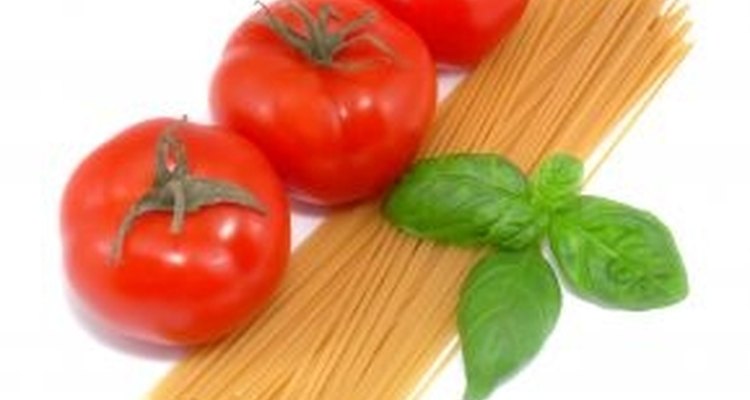
Spaghetti shouldn't be intimidating. Here's a simple way to make perfect pasta in four easy steps.
In a large pot, bring 4 quarts water and 4 tablespoons salt to a rolling boil. This may seem like a lot of water and a lot of salt, but both are necessary for well-cooked pasta. In order to cook properly, spaghetti noodles need a lot of room to move around, and using a too-small pot or not enough water will result in sticky, clumpy, unevenly-cooked pasta. Many Italian chefs recommend salting the cooking water liberally so that it is "as salty as the Mediterranean Sea." Don't worry--most of the salt won't end up in the pasta. But cooking spaghetti noodles in heavily salted water infuses them with flavor and seasons them in a much more effective way than salting them after the fact. You may reduce the amount of salt if you are watching your sodium intake.
Once the salted water is boiling, add the spaghetti noodles. If your pot is not large enough accommodate the full length of the noodles, gently stir the pasta until all the noodles are completely submerged. Continue to stir the noodles occasionally throughout the cooking process to prevent them from sticking to each other or to the pot.
Allow the water to return to a boil. Semolina, whole wheat and gluten-free pastas will all cook differently, and depending on which brand and variety of pasta you're using, it will take between 7 and 12 minutes for your spaghetti noodles to cook "al dente"—Italian for "to the tooth." Properly cooked pasta should have a little bit of resistance when you bite down on it; it should hold its shape well and not be too soft or squishy. To test pasta, pull a noodle out with a fork, cool it with a splash of cold water and take a bite—a much more effective (and tastier) method than the old folklore method of throwing a noodle against the wall or ceiling to see if it sticks.
When your spaghetti noodles are cooked al dente, remove the pot from the heat and drain off the water with a sieve or colander. Do not rinse your pasta; this will remove starches which help the noodles to absorb sauce. This will also cool the noodles unnecessarily.
Congratulations, you've made spaghetti noodles! Now add some tomato sauce, maybe a few meatballs, garlic bread and a bottle of red wine, and you've got yourself a beautiful, classic Italian meal!
Related Articles

How to Boil Pasta Noodles

How to Cook Spaghetti to Use the Next ...
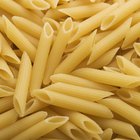
Calories in Pasta Noodles

The Best Way to Cook Spaghetti Noodles

How to Cook Vermicelli Noodles Without ...
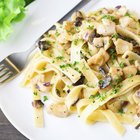
How Long to Cook Fettuccine for Al ...

When to Add the Noodles in a Crock Pot ...
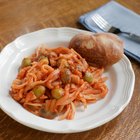
How to Make Crock-Pot Spaghetti
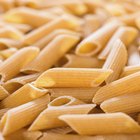
How to Cook Whole Grain Pasta

How to Cook Lasagna Noodles Al Dente

Can You Boil Water & Cook Spaghetti in ...

How to Cook Vietnamese Rice Stick ...

Directions on How to Cook Soba Noodles

Can I Pour Hot Water in a Baking Dish ...
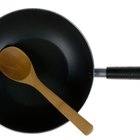
How to Fry Raw Spaghetti
Easy Baked Ziti Recipe

How to Make Homemade Pasta Dough
How to Cook Large Amounts of Noodles ...

How to Cook Orecchiette

Do Uncooked Noodles Ever Go Bad?
Warnings
- Do not add oil to the cooking water or drizzle oil over your cooked noodles, since pasta that is coated in oil will not very readily absorb sauce.
Writer Bio
Heidi Almond worked in the natural foods industry for more than seven years before becoming a full-time freelancer in 2010. She has been published in "Mother Earth News," "Legacy" magazine and in several local publications in Duluth, Minn. In 2002 Almond graduated cum laude from an environmental liberal arts college with a concentration in writing.
Photo Credits
topfer, www.sxc.hu